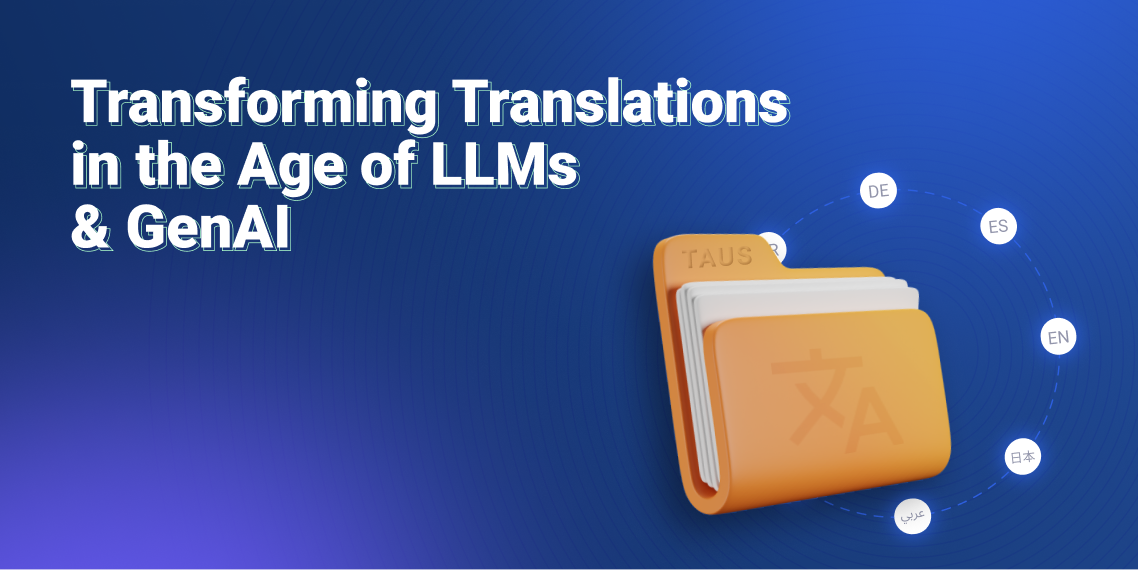Intent Recognition in NLP

Definition and common use cases of intent recognition as an essential element of NLP.
What is Intent Recognition and Why is it Important?
As our society continues to rely on technologies such as social network apps, emails, chatboxes, and more, the volume and availability of text data continue to multiply. Due to the popular use of online or phone services, companies have previously had a difficult time keeping up. Intent recognition models have come to the rescue to help flag and sort through the vastness of this text data.
Intent recognition, also commonly referred to as intent classification, uses machine learning and natural language processing to associate text data and expression to a given intent. In other words, intent recognition takes a given query as an input and associates it to the target class. For example, during a telephone prompter in an automated call, the model learns from the speech data what service a customer is looking for, based on key phrases, such as “pay my bill” or “speak to a representative.” Hence, intent recognition can be thought of as the process of classifying spoken or written text based on what the user wishes to achieve.
Intent classification has been an important gamechanger to businesses, especially in regards to customer experience. Chatboxes, for example, are a popular platform that uses intent recognition for sales conversations, customer support, and more. Automating customer service needs through intent classification allows businesses to scale and meet customer demands faster.

How Does Intent Classification Work?
1 - Gather Data
Just as other machine learning models, intent classification requires typical steps such as data acquisition and preparation. The input data can be in the form of text or speech (e.g. audio files), where speech data will need to be converted into text in order to create a training dataset. Businesses often use their own text data found in log files to use as training data. Other options include crowdsourcing, outsourcing, or generating synthetic data.
Because intent classification is a supervised machine learning problem, the training data needs to be labeled. These labels are an important aspect of the training set, as they are the intents defined by the business. For example, common intents for customer service-based business models include “purchase”, “account closure”, “pay bill”, etc. Once your intents are well defined according to their context, each text example will need to be labeled correspondingly. Labeling these datasets can be a time-consuming effort. Many organizations opt to either label their datasets in-house or use third-party vendors. With the growing business of labeling services, such as the TAUS HLP, a platform accommodating a large variety of audio/image/text-based data collection and labeling or annotation tasks through a qualified global network, tailored labels can be generated.
2 - Build Model
There exist pre-trained models that are open-source and available for use, namely the (Bidirectional Encoder Representations from Transformers) BERT model. This language model is a pre-trained transformer encoder, training from sources such as Wikipedia and other book corpus datasets.
If you choose to use an existing pre-trained model or create your own, integrating contextual word embedding is important to yield stronger predictions. Word embeddings are vector representations of text data where words with similar contextual meaning have a similar representation. Words from text data are represented as real-valued vectors in a predefined vector space. Hence, in a coordinate system, words that are related are in close proximity to one another based on a corpus of relationships. These word embeddings can be learned during the training step. Word2vec is a popular and powerful statistical method for creating word embeddings, which can be obtained by using 2 methods called Skip Gram and Common Bag of Words (CBOW), both using a neural network approach.
3 - Train and Validate
Once the dataset is processed and labeled, the model is ready to be trained. After model training, it is a good idea to test against both a test and validation set. This process will test the trained model on a set of unlabeled data to see how well the model performs. The performance on the validation step is a good indication if the model needs further adjusting or perhaps more quality data. Once a model has been validated, it is ready to provide intent recommendations.
Common Use Cases
Chatboxes
According to the International Conference on Internet Science, there are a number of factors as to why users trust chatboxes, including the quality of interpretation of requests, human-likeness, and self-presentation. Chatboxes compartmentalize and facilitate a user’s main goal through a conversation or dialogue. Intent recognition determines whether or not chatboxes will help fulfill and satisfy customer service goals, sales goals, and marketing goals. The quality of the chatbox is deemed directly from the quality of the training data. This is key to maintaining a useful and pleasurable experience to the end-user. Hence, the overall effectiveness of the chatbox is determined by the ability to understand the correct intent and detect the appropriate response.
Chatboxes identify user intent through a series of steps, starting with data collection. Once the chatbox has sufficient data, processing that data is an important step to help the chatbox structure an effective response. This includes syntax analysis and semantic analysis which both help to grammatically structure the text and infer meaning by distinguishing context. Next, classifiers perform intent classification by training on appropriately labeled datasets. Finally, chatboxes formulate responses through these predictions through dialogue formulation.
Sales Targeting
Sales teams are often swamped with manually analyzing a large volume of emails or calls. Because prospects can lose interest rather quickly if not met with a timely response, understanding a customer’s intent is vital. Intent recognition helps to surface and prioritize sales leads that have clear purchasing intent during both inbound and outbound sales processes. For example, emails from prospective clients can be tagged with highly interested, needs support, unsatisfied, complaint, curious, etc. Knowing which email to prioritize can therefore make a great impact on a business’s ability to scale and acquire more customers, thereby increasing revenue.
Customer Support
Thanks to the availability of historical records and documentation, businesses often have a pre-existing abundance of user data at their disposal. This type of data can be collected in the form of user interaction with a website, phone recordings, or other logs. This data provides valuable input for an intent classifier, for a company to attempt to introduce platforms to automate customer support and response times. For instance, companies can set up a telephone bot when a customer dials a customer service line. To avoid human effort in answering commonly asked questions, the bot can identify user intent and direct them to an appropriate channel. While they deal with huge strides in customer support, intent recognition helps businesses to scale and quickly satisfy customer needs.
Takeaway
Intents are at the forefront of any conversational interface. Intent classification helps bridge the gap between user interactions in a given software platform and their intentions. As businesses scale and reach a massive amount of people, it is essential that they are able to meet user needs in an automated and efficient manner. Because of the complex nature of text data and user interaction with an interface, intent recognition algorithms are continuously evolving and improving.
TAUS HLP Platform with its highly competent global talent communities formed based on project requirements is a great solution for any intent classification tasks. Contact us to design custom solutions for your projects.
.jpeg)
Husna is a data scientist and has studied Mathematical Sciences at University of California, Santa Barbara. She also holds her master’s degree in Engineering, Data Science from University of California Riverside. She has experience in machine learning, data analytics, statistics, and big data. She enjoys technical writing when she is not working and is currently responsible for the data science-related content at TAUS.




